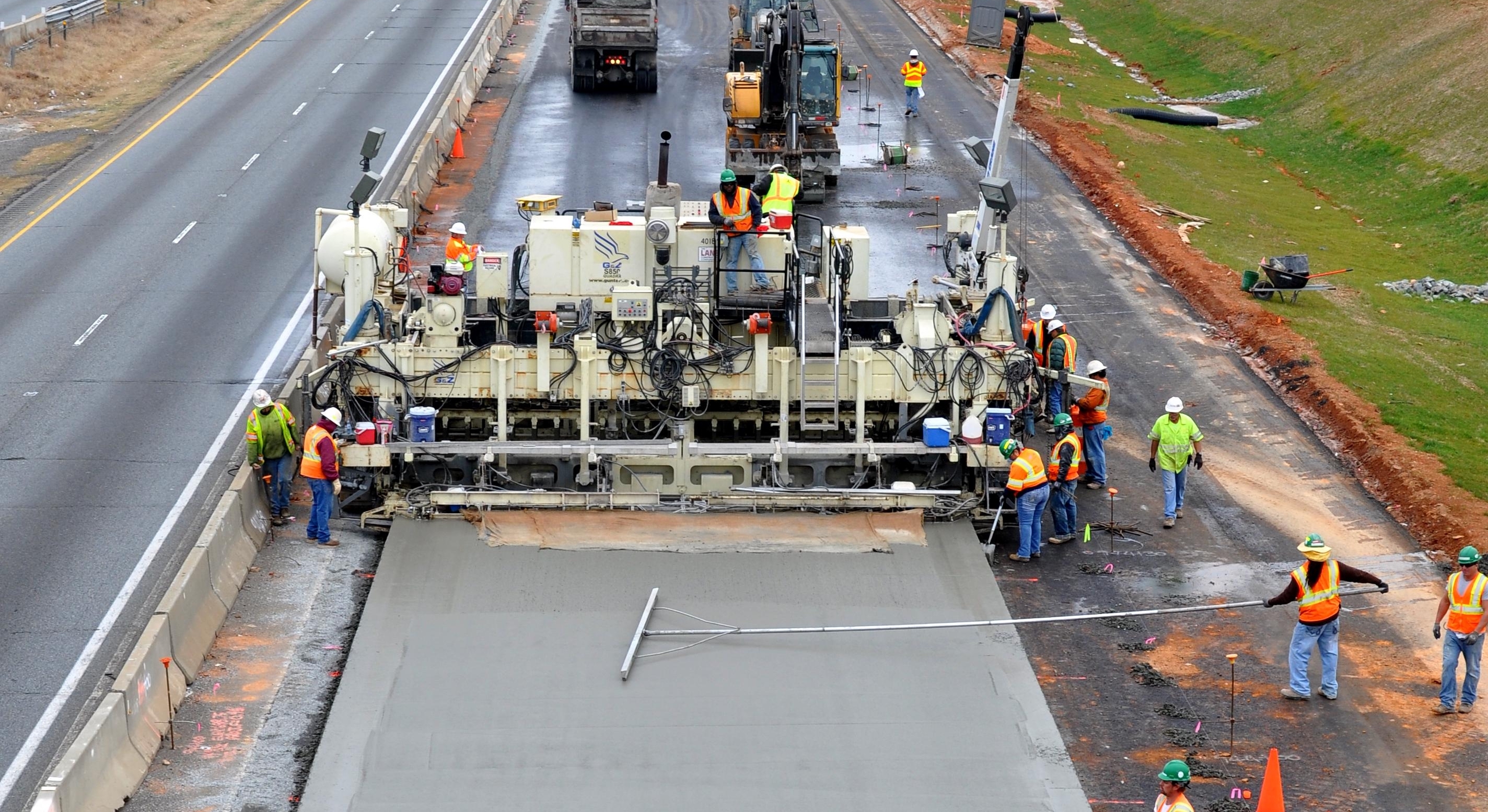
In 2001, Smart Growth America released the landmark study Measuring Sprawl and its Impact. On Wednesday, April 2, we’ll release the next edition of this flagship report with new information about the state of development in the United States.
Measuring Sprawl 2014 will look at development patterns in 221 metropolitan areas across the country and evaluate which communities are the least and most sprawling in the country. The report will score and rank every metropolitan area in the country based on its development, using a four-factor system developed by researchers at the University of Utah’s Metropolitan Research Center.
Join us for the launch of Measuring Sprawl 2014. Smart Growth America and the Metropolitan Research Center will hold an online event to detail the findings of the new report and to discuss growth strategies with communities highlighted in the new analysis. Join us for this free event on Wednesday, April 2, 2014 at 11:00 AM EDT.

 The popular narrative about younger generations aging and leaving urban centers is presented as inevitable. But most news stories fail to examine why many younger people are taking up residence in suburbia—or whether or not the suburbs they’re choosing have more in common with cities or the exurbs their parents preferred. Perhaps their move to the suburbs is more a product of constrained housing supply that leaves them with little choice but to decamp as they grow.
The popular narrative about younger generations aging and leaving urban centers is presented as inevitable. But most news stories fail to examine why many younger people are taking up residence in suburbia—or whether or not the suburbs they’re choosing have more in common with cities or the exurbs their parents preferred. Perhaps their move to the suburbs is more a product of constrained housing supply that leaves them with little choice but to decamp as they grow.

